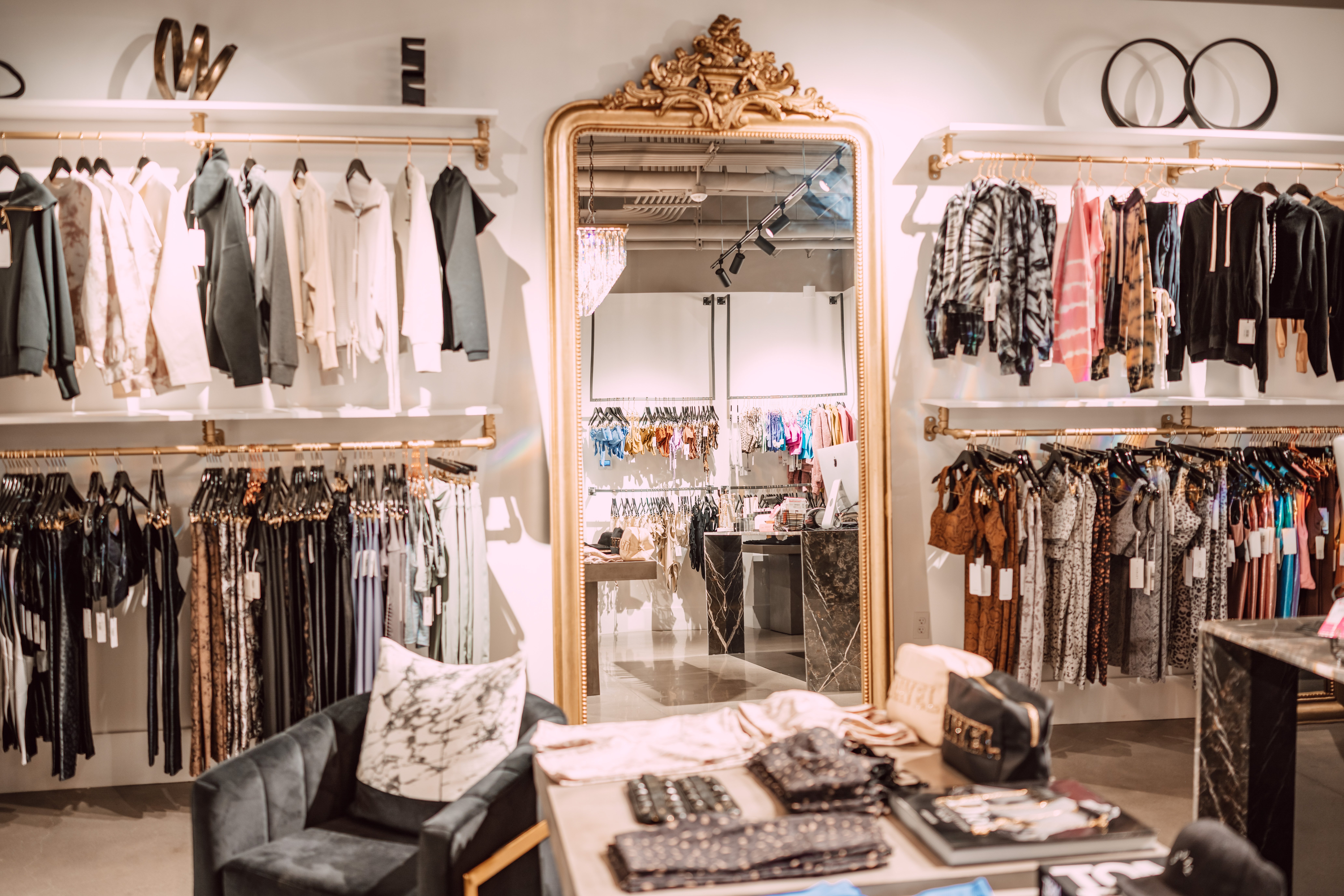A Deep Dive Into the Globe of High-Fashion Runways: Comprehending Apparel as Art
Developers, a lot like masterful musicians, weave intricate stories with shade, type, and fabric, challenging traditional norms and redefining charm criteria. As we discover these sartorial spectacles, we must contemplate: what function does fashion play in forming societal worths, and exactly how does it mirror the ever-changing tapestry of human feeling and identification?
The Evolution of Runway Shows
The trajectory of path shows has actually transformed dramatically over the decades, evolving from unique sector occasions to exciting spectacles that blend fashion with art. Typically, runway programs were intimate events, held in ateliers or tiny places, mainly participated in by purchasers and market insiders. These early discussions concentrated on the garments' workmanship and industrial viability, using a direct and sensible display screen of seasonal collections.
As the fashion market expanded, the nature of path programs began to alter. The 1970s and 1980s marked a transforming factor, with developers seeking to distinguish themselves via more staged presentations.
In the last few years, innovation and social media sites have actually even more revolutionized path programs, making them available to a worldwide audience. Livestreaming and electronic systems have equalized fashion, permitting lovers worldwide to witness these events in real-time (boutique fashion). This development reflects a broader social shift, where high-fashion paths function as a dynamic junction of efficiency, style, and development
Designers as Visionary Artists
Designers in the high-fashion sector have blurred the lines in between useful garment development and the theoretical world of art. By accepting artistic techniques such as sculpture, paint, and progressive installations, designers craft garments that challenge traditional style norms and raise them to art kinds.
Visionary developers attract inspiration from a myriad of resources, consisting of abstract art, historical references, and personal narratives. They possess an one-of-a-kind ability to picture and materialize concepts that push the limits of standard style, usually redefining aesthetic standards in the procedure. This innovative resourcefulness is showcased through remarkable shapes, ingenious products, and intricate craftsmanship, which invite visitors to experience fashion as even more than simply wearable things.
Moreover, the path functions as a canvas for these musicians, where lights, music, and established design coalesce to create immersive experiences. These presentations are not merely displays of clothes however are managed performances that evoke emotion and provoke thought, verifying the developer's function as a real musician in the contemporary cultural landscape.
Cultural Influences in vogue
Cultural tapestry weaves its elaborate patterns into the material of fashion, influencing designers internationally. The vibrant interchange of cultural tales, customs, and signs notifies and inspires collections that grace high-fashion runways. Developers meticulously draw from their heritage or engage with cultures distinctive from their very own, crafting garments that function as aesthetic narratives. This cultural discussion not only enriches the visual variety however additionally cultivates a much deeper understanding and recognition of worldwide identifications.
The impact of culture on style is typically seen in the reinterpretation of traditional garments and patterns. For example, using Japanese kimonos, Indian saris, or African prints in modern style shows a blend of cultural credibility and modern visual appeals. Designers such as Valentino's Pierpaolo Piccioli and Alexander McQueen's Sarah Burton have actually been recognized to incorporate abundant social motifs right into their couture collections, converting background right into wearable art.

Innovation in Material and Style
Innovation in textile and style constantly reshapes the landscape of high-fashion, pressing limits and redefining possibilities. Designers are progressively exploring the integration of technology, such as 3D printing, which enables for the production of complex frameworks that were previously inconceivable.
The fashion sector is experiencing a surge in the usage of environment-friendly her response materials, obtained from recycled plastics, natural fibers, and even biodegradable elements. Developers are welcoming these materials to craft garments that are both mindful and aesthetically striking of their eco-friendly footprint.
In regards to layout, experimental types and progressive silhouettes are continuously transforming the path. By including advanced methods and unusual materials, designers cultivate garments that blur the line between style and art, establishing brand-new criteria for creative thinking and expression in the high-fashion ball.
Influence of Style on Culture
Style wields site web an extensive influence on society, serving as both a representation of cultural identity and a driver for social modification (boutique fashion). Through its advancement, fashion has actually mirrored societal shifts, enveloping the zeitgeist of various eras.
Additionally, style has the power to bridge cultural voids, promoting understanding and recognition amongst diverse teams. As globalisation accelerates, the cross-cultural exchange of style concepts ends up being increasingly substantial, promoting inclusivity and diversity. The increase of streetwear, stemming from city subcultures, highlights how style can transcend socio-economic borders, providing individuals a method of self-expression and empowerment.
Fundamentally, style is not just regarding aesthetic appeals; it is a dynamic force that influences values, mindsets, and social development (boutique fashion). By continually interacting with cultural and social currents, style stays an essential component of the collective human experience

Verdict
High-fashion runways function as vibrant fields where garments goes beyond functionality to become an expressive art type. Developers, akin to visionary artists, orchestrate collections that reflect identity, feeling, and social stories, testing standard aesthetics. The combination of ingenious material and style, combined with elaborate collection layouts, lights, and songs, produces immersive experiences that commemorate multiculturalism. This crossway of fashion and creativity not only captivates audiences worldwide but also affects societal perceptions and promotes a deeper admiration for social variety.

Cultural tapestry weaves its intricate patterns right into the textile of fashion, influencing developers worldwide.Style wields a profound impact on culture, serving as both a representation of social identity and a driver for social modification.